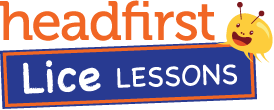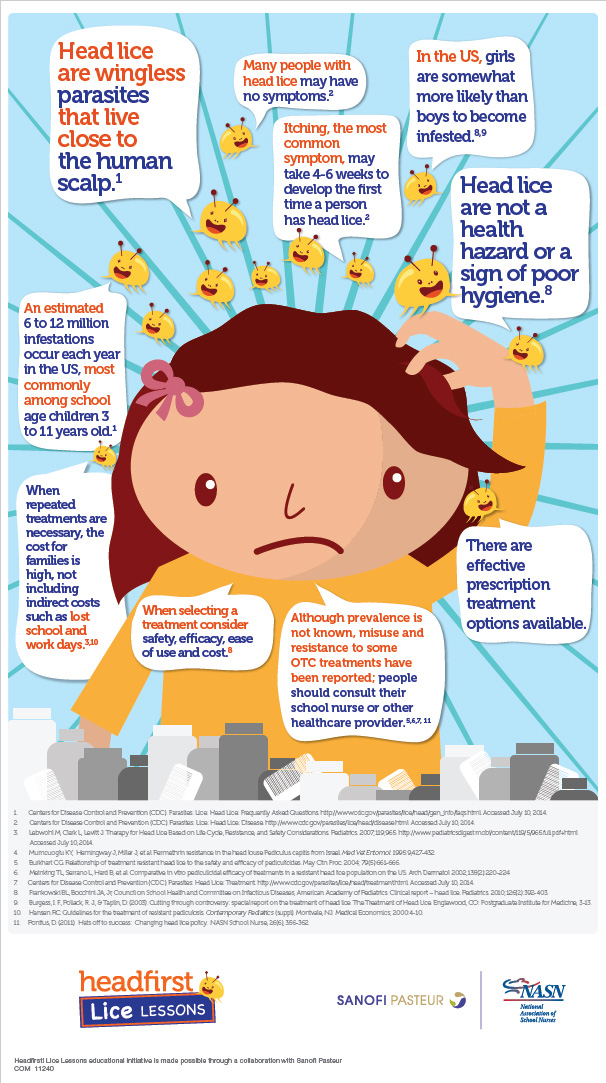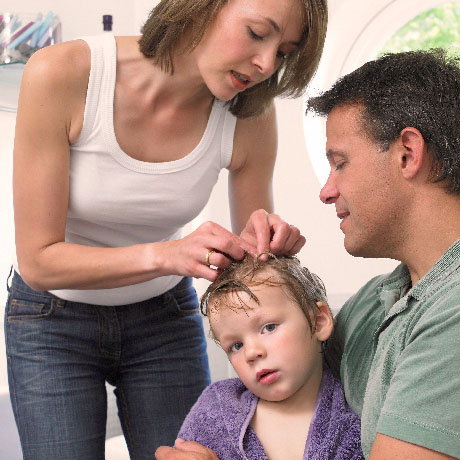
What are head lice?
Head lice are tiny, wingless insects that live close to the human scalp and feed on human blood. They cannot fly or jump, so they move by crawling. Head lice lay eggs, called nits, that hatch and may cause itching and discomfort.
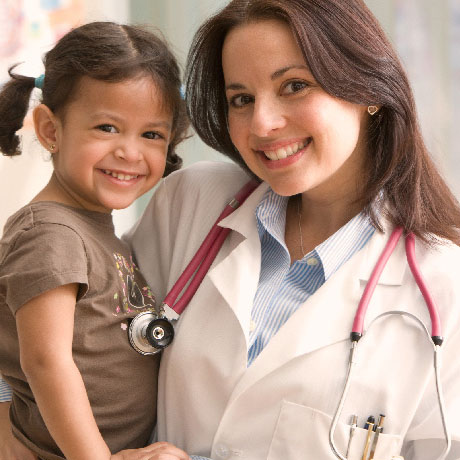
Are head lice dangerous?
Head lice are not dangerous and do not transmit disease, but it is important to talk to a school nurse or other healthcare provider if head lice or nits are found in your child’s hair or scalp to ensure you get correct information about treatment.
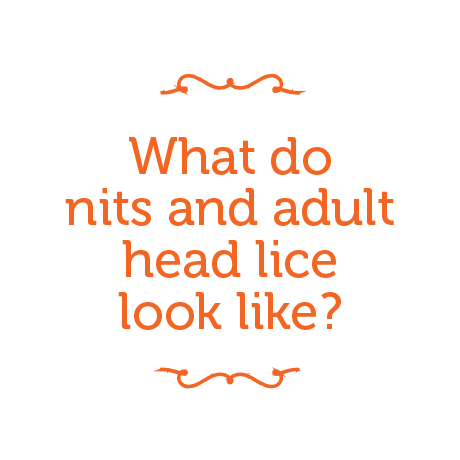
What do nits and adult head lice look like?
There are three different forms of head lice: eggs (nits), baby lice (nymphs) and adult lice. Nits, which are often found at the hairline around the neck and ears, attach to the hair shaft. They are tiny, teardrop-shaped eggs and may appear yellowish or white, looking similar to dandruff. Nymphs are smaller and grow to adult size in one to two weeks. Adult lice, which are tan to grayish-white, are the size of sesame seeds.
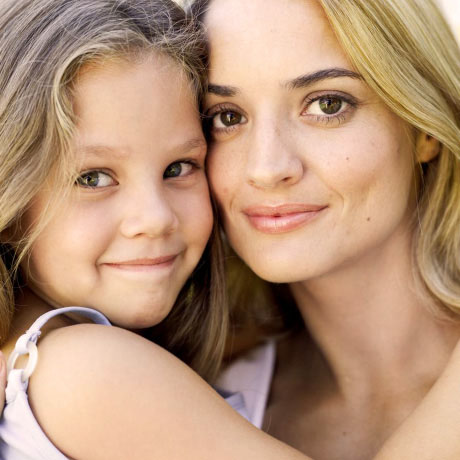
Who gets head lice?
Most anyone can get head lice, regardless of age or gender. Children in preschool and elementary school are most commonly affected. About 1 in every 100 elementary school students becomes infested each year. Infestations are not related to cleanliness and head lice often infest people with good hygiene and grooming habits.
Although most transmissions occur at home and in community settings, such as play dates and sleepovers, school nurses and/or staff often find head lice.
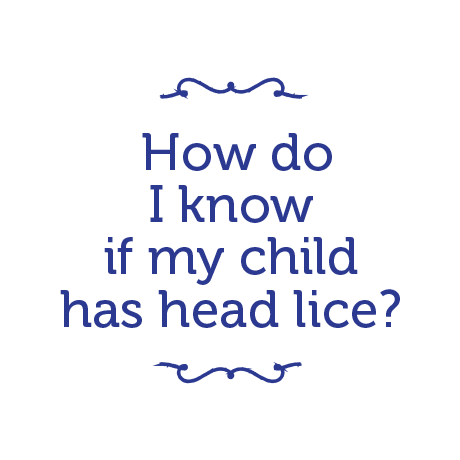
How do I know if my child has head lice?
Head lice and nits are most commonly found after careful inspection of the hairline around the neck and ears. Head lice move quickly and avoid light, so they can be hard to see. It is common for head lice to be misdiagnosed. Finding live lice on the scalp or in the hair generally indicates an infestation1 so you may want to contact a school nurse or other healthcare provider to get an accurate diagnosis.

How do you get head lice?
How do you get head lice?
Because head lice crawl and do not jump or fly, they are primarily spread as a result of direct head-to-head contact. Head lice are commonly transmitted during playtime at home, school, slumber parties and camp.
Since head lice feed on human blood, they cannot survive for very long off the head. For that reason, it is not common for head lice to spread by contact with items such as clothing, hats, scarves, coats, combs, brushes or towels.
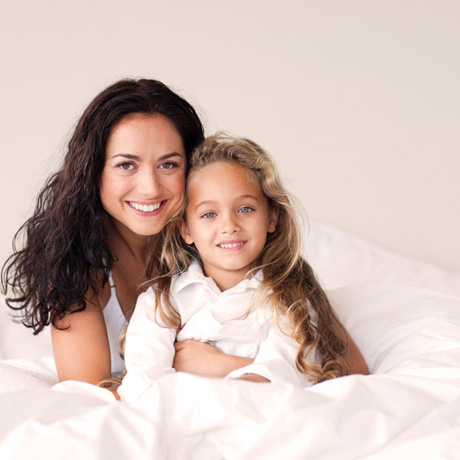
My child has head lice. What do I do next?
My child has head lice. What do I do next?
If you suspect a head lice infestation, it is important to talk to a school nurse or other healthcare provider to get appropriate care and discuss treatment options. There are several options to treat head lice, including safe new prescription treatment options that do not require combing out nits from your child’s hair (although you may want to remove nits for aesthetic reasons).
When your child has been diagnosed with head lice, you should wash and dry family bed linens, towels and recently worn clothes and hats using very hot water and hot air. Personal items, including combs, brushes and hair clips, should be washed in hot soapy water or thrown away if they were exposed to the site of infestation. Spending a lot of time, effort and money on home cleaning after a head lice infestation is not necessary because head lice can only live for a day or two once they fall off a person’s head,1 but basic precautions include vacuuming floors and furniture and sealing non-washable items in a plastic bag for two weeks.
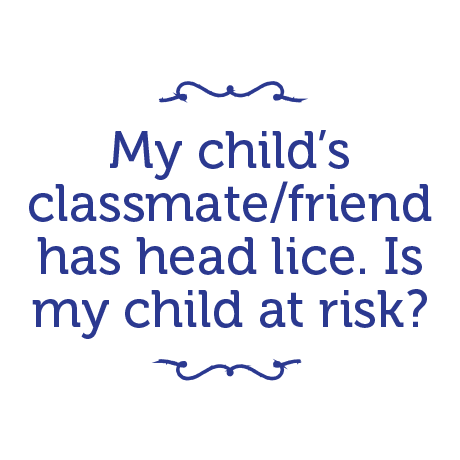
My child's classmate/friend has head lice. Is my child at risk?
The greatest risk of transmission is between people who have had direct head-to-head contact when one person has an active case of head lice. Since head lice move by crawling and cannot jump or fly, it is not common for head lice to spread by sharing clothing or personal items, such as combs, towels or toys.

How long does an infestation last?
How long does an infestation last?
Lice can live on a scalp/head for up to 30 days after fully hatched, but can only live for a day or two once they fall off of a person’s head. There are many treatment options available once your child has been diagnosed with head lice. In fact, there are treatments available that may get rid of lice with a single, 10-minute application.
If you suspect your child has head lice, you should talk with your child's school nurse or other healthcare provider to discuss the best option for your family.
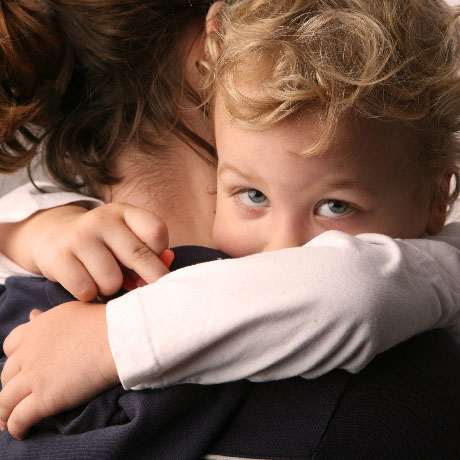
What are head lice symptoms?
What are head lice symptoms?
Symptoms usually develop 4 to 6 weeks after an initial infestation, although not everyone experiences them. Common symptoms include itching as a result of lice bites, a tickling feeling on the scalp or in the hair, and irritability and discomfort sleeping since lice are more active in the dark. Sores on the head may also develop as a result of scratching and can sometimes lead to infection.
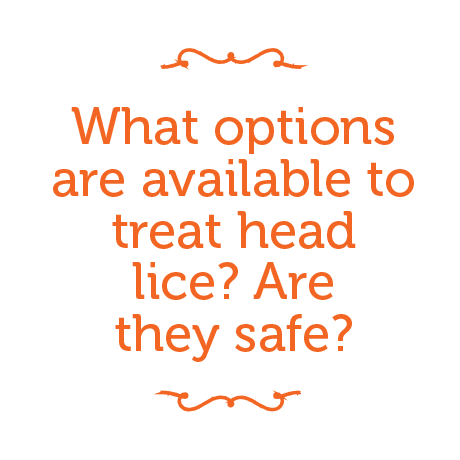
What options are available to treat head lice? Are they safe?
Once your child is diagnosed with head lice, you should talk with your child's school nurse or other healthcare provider to discuss the best treatment option for your family. When selecting a treatment for head lice, it is important to consider the following:
- New treatment options that are safe and do not require combing out nits are available by prescription.
- Resistance to some over-the-counter head lice treatments has been reported, but the prevalence of resistance is unknown.
- There is no scientific evidence that shows home remedies to be effective.
When starting a head lice treatment, it is important to follow instructions. Using more medication than directed or applying multiple applications is not recommended unless you have been advised to do so by a healthcare provider.
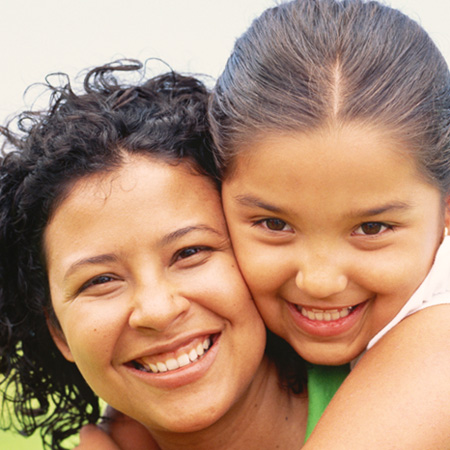
Does my entire family need to be treated for head lice?
Does my entire family need to be treated for head lice?
After head lice are found, all household members and other close contacts, including friends or relatives who recently visited the home, should be checked for head lice. It is important that anyone who is showing head lice symptoms is treated.
Lice Questions
Head lice are a common and hard-to-treat problem that can affect anyone. An estimated six to 12 million infestations occur each year in the United States, most commonly among children ages three to 11. If you suspect that your child has head lice, it is important to talk to your school nurse or other healthcare provider about the available treatment options. Above are some common questions and concerns that may come up along the way.












